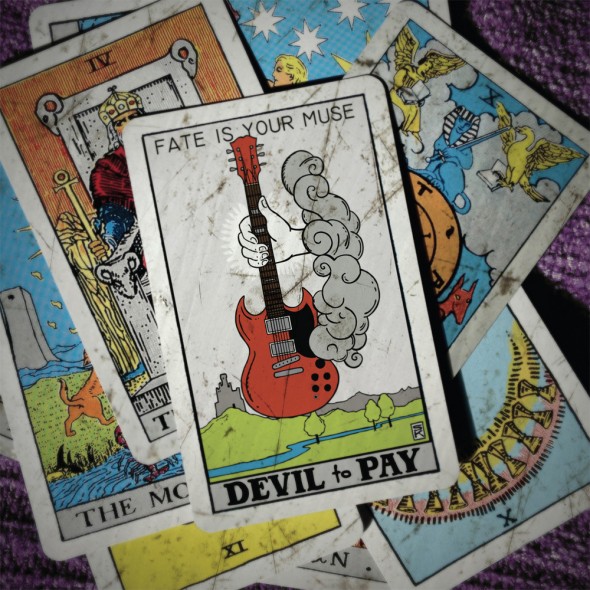By Tate Bengtson
Black metal, if it is to be effective, must be capable of forming an expression that provokes in both music and ideology. In fact, it is a mistake to speak as if the former is discrete from the latter; the expression itself, if it is effective, must make the music ideological and the ideology musical.
Nightbringer, with its esoteric lyrics detailing the present-day shadows cast by ancient and forgotten gods, does precisely this. It creates a musical form that is the obverse of the lyrical coin. With guitars a layered mass of tremolo-picked melodies and the vocals snarling with menacing spite, the music makes its malevolent intentions known with nary a hint of mercy. The drums add an inhuman dimension with furious blasting executed with a minimum of excess flair. In fact, the tremendous rolls heard on the multifaceted opening track, “I Am I,” are among the flashiest showings on the album (which is a pity, as the drumming on this track elevates it to a plane above all else on Apocalypse Sun). As most of Nightbringer’s songs exceed the five minute mark, the band wrestles – often quite successfully – with the proportion of variation to repetition.
Following the versatility of the opening cut, the second track is an all-out blast of fury where the band shows the full extent of its belligerence. Of course, this song must be situated in its proper context: in and of itself, it may be an intense blast but it ravages the listener with a clear purpose in mind: haze the existing cognitive structures and leave a blank canvas in its wake, upon which Nightbringer may inscribe revelations of its own design.
It is with the all-important third track, “Upturning the Seventh Chalice,” that the band renews the demonstration of its full prowess by incorporating slower passages and even a brief dalliance with acoustic guitars near the end of the song. After the frenzied guitar attack, the song suddenly shifts into an abyssal ambient passage for its remaining moments. The band quite cleverly overlaps this ambience with the following track, “Excitum,” an atmospheric incantation that offers a respite before the hellish guitar onslaught resumes on the following track. On “The Coils of Sevakh,” Nightbringer explores the mid-tempo to good effect, proving itself adept at manipulating changes in the density of sound and notes in order to create dynamics. Similarly, on “The Utterance of Kasabe’l,” the band slows the speed down several notches and explores a previously-obscured melancholia.
While Nightbringer’s sound and atmosphere is impressive, there is occasionally a need to stretch the sound further. Apocalypse Sun demonstrates that the band has a toolbox sufficiently loaded with techniques in order to do this effectively – be it spiritual allusions divested of original meaning, ambient segments, changes in rhythmic velocity, or shifts in the complexity undertaken by a particular instrument – but the band has not yet maximized the use of those techniques. While I can appreciate Nightbringer’s restraint, I think that there is room for the band to use these techniques in a way that is strategically effective without running the risk of sacrificing the power of its expression.
The band is at its best when incorporating sounds imbued with spiritual connotations, such as the choir on “Supplication Before the Throne of Tehom” and the ringing church bell on “Serpent of the Midnight Sun.” It is in this rending of the spiritual from its traditional home and its forceful injection into a sinister context that we encounter a tension both terrific and terrible. It is here that Nightbringer’s expression achieves its highest order. It is from this cesspool of inverted inversions that the band taps the full power of its expression. It is here that ideology is fashioned an armour of music.
(Ajna Offensive)



